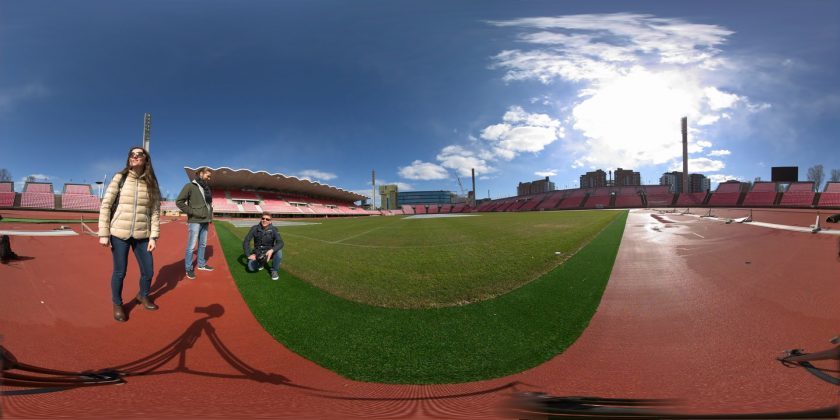Nokia’s improvements to the software for their professional OZO VR camera platform are significant enough that the company has opted to now call their VR camera the ‘OZO+’, even though the hardware remains the same. This is the result of a major firmware update combining with a custom-built image signal processing framework used in the new OZO Creator 2.0 software, launching in May.
Visit Nokia’s Ozo product website, and you’ll find the Ozo camera is now mainly referred to as the Ozo+. Nokia are essentially treating it like a new product, despite the hardware remaining unchanged since its launch in November 2015. However, the improved performance and output quality of an Ozo running the latest firmware and software suite is so massive, you’d be forgiven for thinking it is indeed a new piece of hardware. A concise explanation for the Ozo+ name can be found in the FAQs.
Nokia describe it as a “generational leap in image quality” in this blog entry, which contains a few before-and-after samples showing the upgraded pixel pipeline showing vastly improved dynamic range, colour quality, and low-light performance. You may need to view the images in full size (4096 × 2048) to appreciate all of the changes—the pixel pipeline comparison in particular. The sample images are said to be pulled directly from the OZO Creator 2.0 software, and “not in any way retouched or altered.” Note that the images below have been compressed for hosting on Road to VR for the most accurate comparison, see the imagines on Nokia’s blog post.
The upgrade also improves its data-rich depth map capability; Nokia claims Ozo is the “only VR camera that captures and exports depth for 3DVFX compositing and mixed reality experiences.”

The blog also outlines Nokia’s intention to ‘de-couple’ the OZO Creator software from the hardware, offering it for a separate purchase through license. “OZO Creator 2.0, including this powerful new image signal processing will be released early May through a purchasable license, with a complimentary one year license for our existing customers who have purchased the original OZO Camera prior to 4/19/2017.”
At this week’s NAB Show in Las Vegas, and summarised in a separate blog entry, Nokia showcased the broader vision of ‘OZO Reality’, a term that covers the ‘create’, ‘deliver’ and ‘experience’ aspects of the Ozo ecosystem: a combination of hardware, software, and partners. The OZO Storytellers Program also announced at the show is a key part of this initiative to engage more content creators, with the incentive of a $15,000 savings on an Ozo+ camera, bringing the price down to $25,000.















